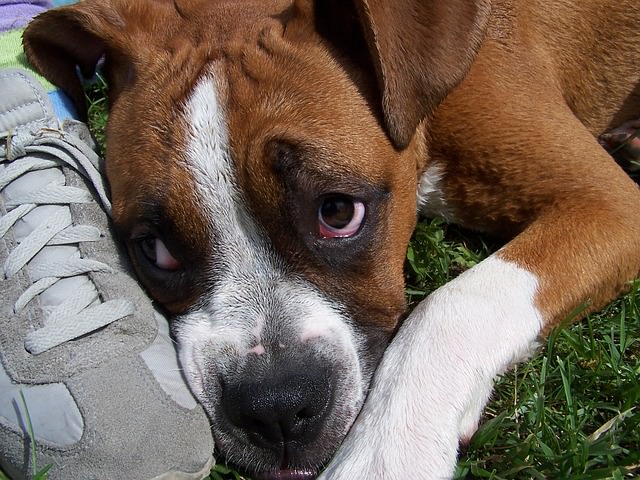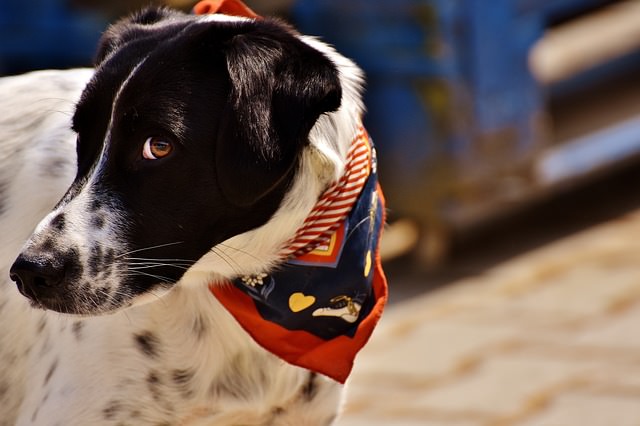Dogs that bark, growl, lunge or show their teeth are often labeled as “mean,” “aggressive,” and even “unadoptable” in a shelter setting. These behaviors are common responses to fear and can result in them being abandoned or euthanized rather than receiving the attention and behavioral therapy they truly need. Understanding fear aggression and the reasons behind it can help protect everyone – including the dog.

Fear-based aggression can result from a lack of socialization during critical developmental stages in a dog’s life, mistreatment or neglect from humans, and/or specific breed tendencies. Whether it is genetic, situational or a combination of the two, fear aggression can be treated!

These dogs need guidance, compassion and plenty of patience from their pawrents in order to heal. Fearful behaviorial responses often begin around six months of age when dogs reach adolescence. Although treatment and training are most effective when started early, dogs of any age can recover.

Behaviors that signify fear aggression include everything from cowering and retreating all the way to the other end of the spectrum with snapping and lunging. The goal of the dog when reacting this way is to make the scary person, animal or object go away – and depending on their size and severity of their behavior, it often works! The “frightening” human retreats or the dog’s owner removes the offending object(s).

Those who have not experienced a fearful dog with aggressive tendencies may not realize just how easy it is for a loving owner to mistakenly reinforce these behaviors. When we see our dogs in distress – tensed muscles, lip licking, excessive panting, turning their head away, yawning, freezing, biting the leash, whining, or growling – we want to comfort them.

What a fearful dog really needs is a strong leader to confidently desensitize them to their triggers, reward their progress, and remain consistent with their behavioral modification routine. Punishment of any kind is never helpful with fearful dogs. Instead, a protocol of reconditioning and positive reinforcement is the way to go.

Since dogs suffering from fear aggression have the potential to harm themselves or others, the rehabilitation process should always be done under the supervision of a trained professional. Consult your veterinarian to rule out a medical cause for your dog’s behavior before enlisting the help of a certified trainer and/or behaviorist.
H/T to Michigan State University School of Veterinary Medicine
Featured Image via Flickr | Maja Dumat
